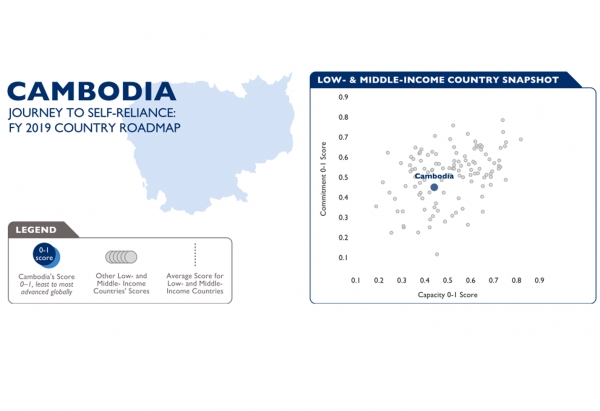Two factors determine a country’s self-reliance:
- Commitment: the degree to which a country’s laws, policies, actions, and informal governance mechanisms — such as cultures and norms — support progress towards self-reliance; and
- Capacity: how far a country has come in its ability to manage its own development journey across the dimensions of political, social, and economic development, including the ability to work across these sectors.
As a country increases its commitment and capacity to plan, finance, and implement solutions to local development challenges, its level of self-reliance should also increase. 
Self-reliance metrics help us understand where in the journey a Country is situated in the first place. This is the central goal of the 17 self-reliance metrics described below:

A full description of each of the metrics, as well as data sources, can be found here.



